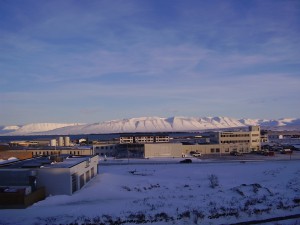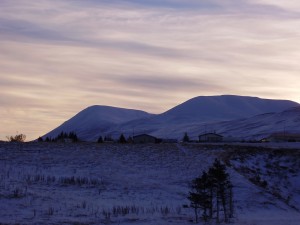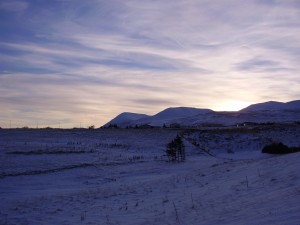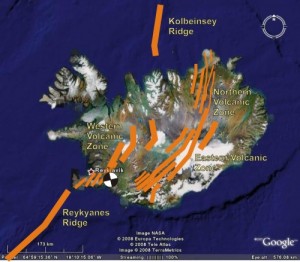I have been monitoring the GPS station at Grímsfjall volcano. After the earthquakes that took place in Esjufjöll volcano few weeks ago something interesting started to happen at that GPS station. It started to move in north direction.
Due to the location and lack of activity in Esjufjöll volcano there are almost none GPS stations around that volcano, and there are not many SIL station in this area. So getting insight into what is happening in Esjufjöll volcano is hard. But given the GPS station at Grímsfjall volcano it seems to that Esjufjöll volcano have started to inflate. It is hard to know exactly by how much at current time. But it appears to enough to have effect on the GPS station at Grímsfjall volcano.
This is given that Grímsfjall volcano it self is not having any inflation south of the GPS station on it’s own. At the moment it is hard to know what volcano is responsible for the northward movement. Only time is going to tell us the truth in that matter.
Grímsfjall volcano GPS data (automatic, Icelandic)






